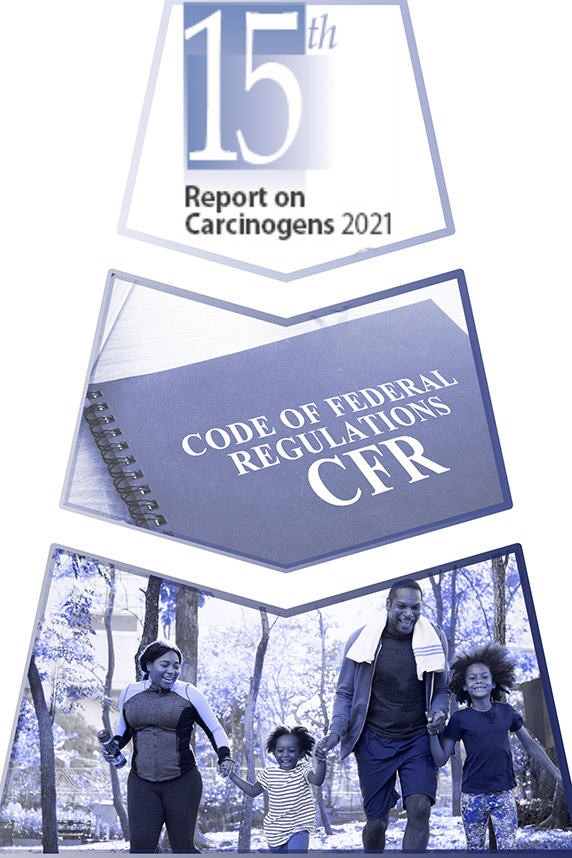How can anyone tell if the research they are conducting is making a difference? That is a question staff in the Division of Translational Toxicology wanted to answer.
“We’ve seen studies published that measured the health and economic benefits of regulatory actions,” said Suril Mehta, Dr.P.H., an epidemiologist in the Report on Carcinogens (RoC) Group and a co-author on the new commentary. “But we could not find any papers that looked at the impact of a cancer hazard evaluation.”
Such evaluations involve formally labeling a substance as a human carcinogen, which is a substance that could cause cancer in humans. Mehta is part of a team of researchers led by Ruth Lunn, Dr.P.H., head of the RoC Group, that compiles the cancer evaluations into the RoC for the National Toxicology Program, which prepares the Report for the secretary of the U.S. Department of Health and Human Services.

The RoC is a congressionally mandated report that identifies and lists agents, substances, mixtures, and exposure circumstances posing a cancer hazard to a significant number of people in the United States. The RoC staff conducts hazard evaluations on each substance to determine the listings.
Although the RoC has been published for decades, Lunn and her team are the first to systematically determine if a cancer hazard evaluation makes a difference in protecting public health. The results of the team’s analysis were published online Dec. 13 in the journal Environmental Health Perspectives (EHP).
Analyzing the impact
To conduct the new study, the team systematically searched federal and state databases for mention of the RoC in published notices of U.S. regulations from 1995-2023. Next, they screened the results for relevant regulatory actions, pulled that information out, and organized it in a searchable public database. Data for regulations that provided quantified health benefits were also extracted.
“We also wanted to conduct a deeper dive into several regulations to determine how agencies actually use the RoC,” said Lunn.

In total, the team collected data from 174 federal and state regulations. Most of the federal actions (75%) were taken by the U.S. Environmental Protection Agency (EPA). They found the two states that most frequently cited the RoC were California and New Jersey. For example, the RoC was cited 10 times by California for the Safe Drinking Water and Toxic Enforcement Act, known as Proposition 65.
The authors provide a few case examples of how regulatory agencies used cancer hazard identification. They found the RoC was often used to help prioritize chemical evaluations, support regulatory-based assessments, and in some cases, to take regulatory actions.
The team was not surprised by how often the EPA relies on the NTP RoC assessments to help fulfill their mission. Regulatory agencies often use health hazard evaluations such as the RoC to 1) prioritize chemical evaluations, 2) support regulatory-based assessments, and 3) trigger regulatory actions.
The EPA states on its Toxicology Release Inventory (TRI) Program page that by using the RoC assessments, EPA is taking advantage of readily available, high-quality assessments that provide strong evidence to support adding a chemical to the TRI list.
The authors note that several states and federal agencies use the RoC as an authoritative source for information in their decision-making process and communicating these hazards to workers and the public.
Visualizing the data
In addition to the paper, results from the analysis are provided in a publicly available interactive tool on the RoC website. The tool provides an organized approach that categorizes the regulations and allows users to explore exactly how the RoC assessment is being used.

Taken together, the tool and paper by RoC staff — as well as the EHP Invited Perspective by Mary Schubauer-Bergian, Ph.D., who is a cancer expert not involved in the research — demonstrate the important role that cancer hazard identification can play in preventing cancer.
(Robin Mackar is a writer and media relations coordinator in the NIEHS Office of Communications and Public Liaison.)









